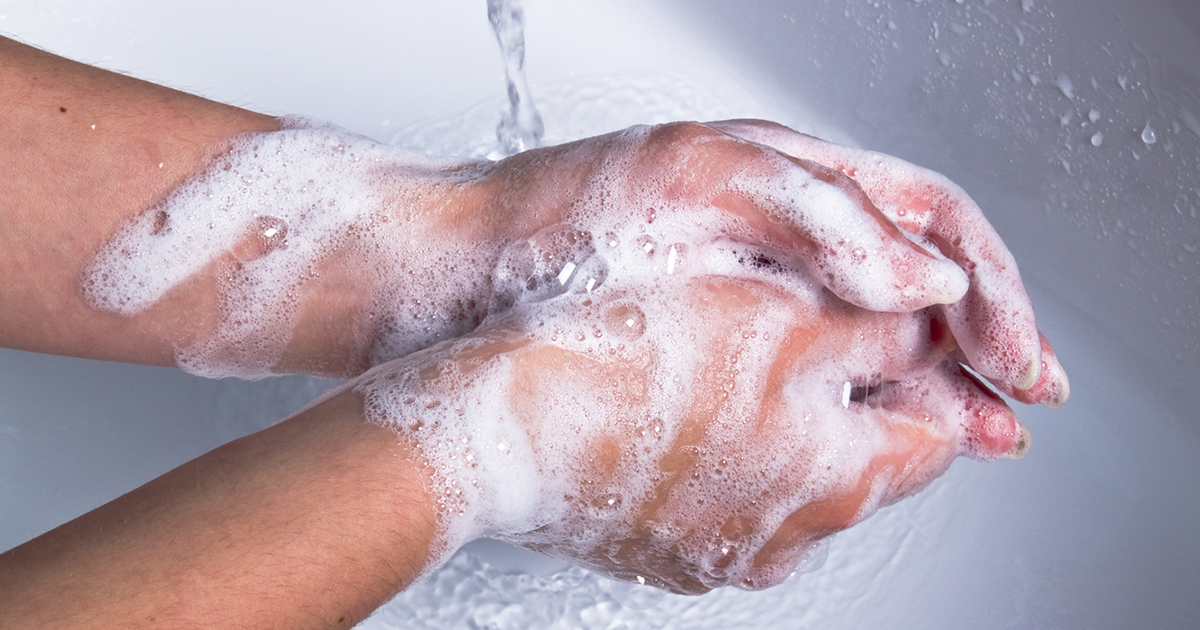
Why you should care about hand-washing
“Hand hygiene” or otherwise known as hand-washing is a fancy term used to educate health care workers and patients on the proper way to clean hands. It is simply the act of cleaning one’s hands for the purpose of removing soil, dirt and/or germs.
Hand-washing saves lives

More than 100 years ago, Hungarian doctor Ignaz Semmelweis saved the lives of many women when he instituted a hand-washing policy in a maternity hospital in Vienna.
After noting an alarming death rate in the hospital, Dr. Semmelweis investigated the possible causes. He discovered that most of the deaths were of women treated by medical school students who had anatomy classes in the morning, during which they worked on cadavers, then had rounds in the maternity ward.
After learning this, he instituted a policy that required the use of a solution equivalent to today’s common household chlorine bleach for washing hands between autopsy work and the examination of patients. The results were telling – deaths in the maternity ward decreased five-fold.
Hand-washing continues to be an important practice
Today the Centers for Disease Control (CDC) and the World Health Organization (WHO) are committed to improving hand hygiene in health care facilities. However, hand-washing is not just for hospitals and medical facilities; it should be practiced by all of us in day-to-day activities to prevent the spread of germs.
The CDC recommends preventing contamination by avoiding the five most common ways you might be spreading germs:
- Hands to food, such as a food preparer that doesn’t wash his hands after using the toilet.
- Infected infant to hands to other children, such as a parent changing an infant’s diaper, then tending to other children without washing his hands.
- Food to hands to food, such as marinating raw meat, then handling a salad without washing your hands. While the meat will get cooked, the salad remains contaminated.
- Nose, mouth or eyes to hands to others, such as sneezing or coughing without covering your mouth, then touching others without washing your hands.
- Food to hands to infant, such as handling raw food, which can carry germs, and then tending to young children without washing your hands.
These are a few scenarios, but proper hand-washing throughout the day is vital, especially prior to eating, after playing, after using a restroom and, most importantly, before and after taking care of someone who is sick.
What is the right way to wash your hands?
- Wet your hands with warm or cold running water and apply soap.
- Rub your hands together to make a lather and scrub well. Be sure to clean the backs of your hands, between your finger and under your nails.
- Continue rubbing for 20 seconds; hum the “Happy Birthday” song beginning to end twice.
- Rinse your hands under running water.
- Dry your hands using a clean towel or air dry.
Washing your hands with soap and water is the best way. If that is not possible, use alcohol-based hand sanitizer that contains at least 60 percent alcohol. This will decrease the germs on your hands but does not eliminate all type of germs. When hands are visibly dirty, the sanitizers may not be as effective as hand-washing.